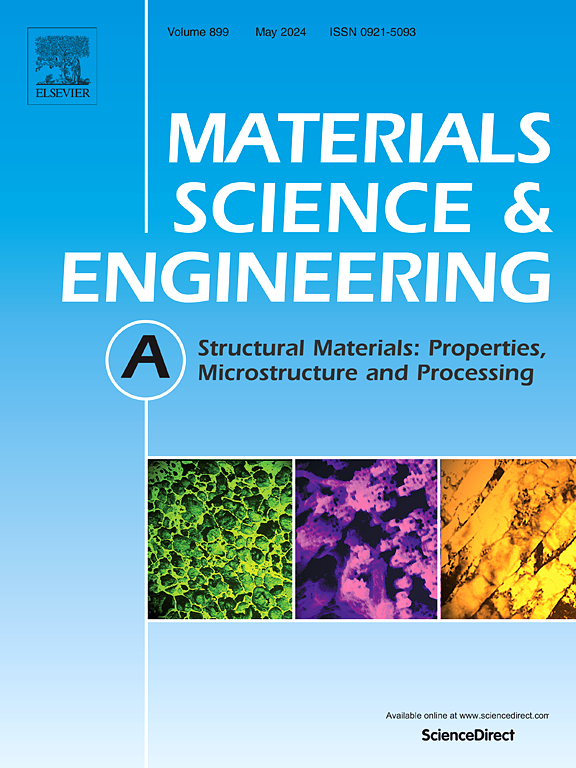Achieving heterogeneous microstructure and enhanced strength-ductility synergy in Ti-6Al-4V titanium alloy via corrugated-flat rolling process
IF 6.1
2区 材料科学
Q1 MATERIALS SCIENCE, MULTIDISCIPLINARY
引用次数: 0
Abstract
It is an important way to realize the strengthening and toughening of titanium alloy materials by preparing multi-scale microstructure. In this study, the heterostructures of lamellar coarse grains and equiaxed ultrafine grains were constructed in three plates with different microstructures by the corrugated-flat rolling process. Among them, with the help of the cyclic fluctuation load applied to the plates by the first pass of the corrugated roller, the effect of local grain refinement was realized, and the overall grain size was further refined by subsequent multi-pass flat rolling. The large-sized grains retained after corrugated rolling were stretched along the rolling direction to form short lamellar coarse grains. At the same time, the equiaxed ultrafine grains refined by the recrystallization mechanism exhibited random texture orientation, which weakened the overall texture strength of the plate. By constructing the heterostructure, the ultimate tensile strength of the plates were increased to 1205 MPa, 1215 MPa, and 1223 MPa, the fracture elongation were increased to 17 %, 15 %, and 14.8 %, respectively. Among them, the ultimate tensile strength of the plate with the best performance was 1215 MPa, and the elongation at break reached 15 %. The excellent strength-toughness matching of the plate was due to its unique micro-heterostructure, which allowed many geometrically necessary dislocations to be stored at the heterogeneous boundary, resulting in additional heterogeneous deformation-induced strengthening and hardening. The high strength of the plate could also be attributed to the synergistic strengthening of various strengthening mechanisms such as fine grain strengthening and dislocation strengthening.
求助全文
约1分钟内获得全文
求助全文
来源期刊

Materials Science and Engineering: A
工程技术-材料科学:综合
CiteScore
11.50
自引率
15.60%
发文量
1811
审稿时长
31 days
期刊介绍:
Materials Science and Engineering A provides an international medium for the publication of theoretical and experimental studies related to the load-bearing capacity of materials as influenced by their basic properties, processing history, microstructure and operating environment. Appropriate submissions to Materials Science and Engineering A should include scientific and/or engineering factors which affect the microstructure - strength relationships of materials and report the changes to mechanical behavior.
 求助内容:
求助内容: 应助结果提醒方式:
应助结果提醒方式:


